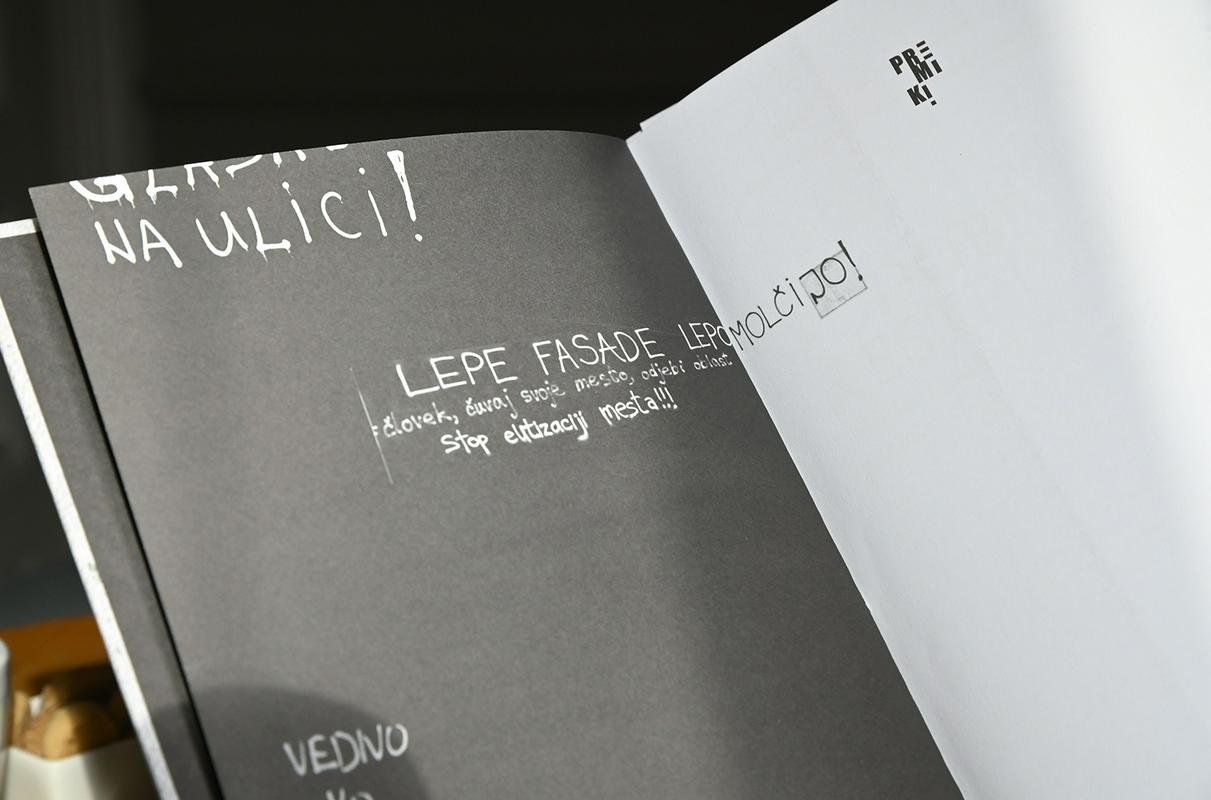
“This is a book about graffiti and street art, but on the other hand, about the last 30 years in a broader sense, as it contains examples from Beijing to Los Angeles,” says Mitja Velikonja about his work, which has now been published in a Ukrainian translation.

If street art is any kind intervention in the public space, all are graffiti in his opinion “political in a way, because they’re taking away a freedom that no one gave them – they shouldn’t be there, but they are”. As he added, there was no person, event or process during the mentioned period that was not reflected in graffiti.
Translation of the culturologist’s book Mitje Velikonje Images of Dissent – Post-Socialist Political Graffiti transitions was published by a Ukrainian publishing house Helvetica. The author presented the work in the Odense National Science Library, where they also opened an exhibition of Slovenian books from their collection, including a rare copy of Dalmatin’s Bible.
When the book is published, there will also be lectures Velikonja, who is otherwise a professor at the Faculty of Social Sciences, at the presentation of the book, among other things, gave lectures for students at two central Odesa universities.
Velikonje continued his working visit on Wednesday with a lecture at Kyiv University, and today there is also a talk about the book at the Institute for Contemporary Art Research. He will conclude his visit on Friday in Lviv To the center for urban history, announced the Ministry of Foreign and European Affairs, emphasizing that such events prove the readiness and possibilities of such cooperation in both countries.
Initially, the work was published in EnglishVelikonje’s book was first published in English in 2019 under the title Post-socialist political graffiti in the Balkans and Central Europe. In Slovenian translation Sonja Benčina is under the title Images of dissent: Political graffiti in the street art post-socialist transitions published last year by Mladinski knjiga. It has already been translated into six languages, including Serbian, Albanian and Macedonian.
As Velikonja said at the presentation of the Slovenian translation, since the publication of the book in English, several other books have been created in a similar way, and he designed his as a textbook for students at the Faculty of Social Sciences.
Source: Rtvslo